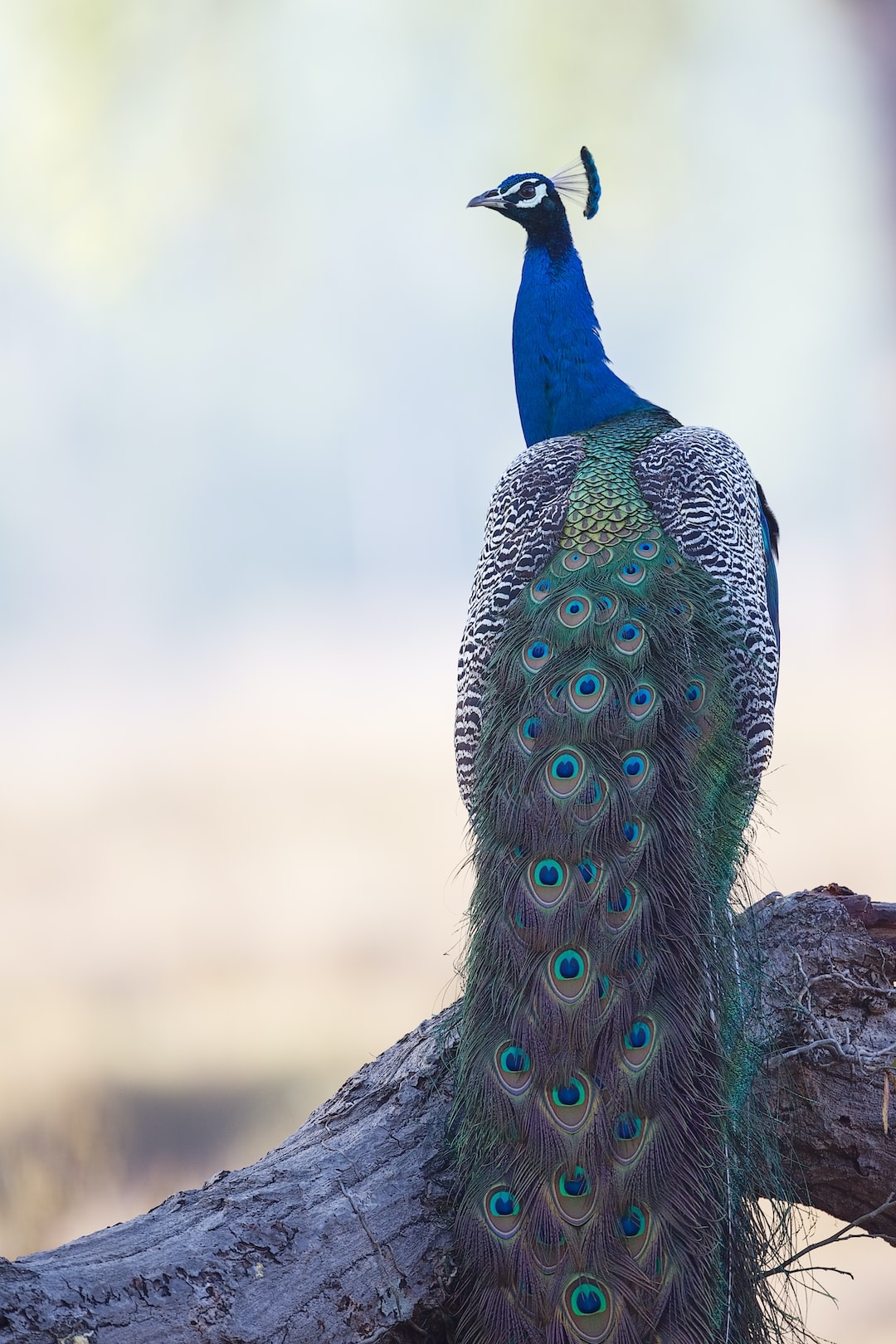Exploring the World of Insects: Amazing Adaptations and Behaviors
When we think of the animal kingdom, insects often come to mind as one of the most fascinating and diverse groups. With over a million known species, insects make up a significant portion of the Earth’s biodiversity. They are incredibly adaptable creatures that have evolved unique behaviors and adaptations to survive in various environments. Today, we will take a closer look at the amazing world of insects, focusing on their incredible adaptations and behaviors.
One of the most remarkable aspects of insects is their ability to adapt to diverse habitats. From the depths of the oceans to the highest mountains, insects can be found almost everywhere on Earth. This adaptability is partly due to their small size, which allows them to exploit niches unavailable to larger organisms. Insects have evolved specialized appendages, such as wings for flying and legs for jumping or climbing, which enable them to navigate their environments effectively.
One fascinating adaptation that many insects possess is camouflage. Insects have evolved an incredible range of colors and patterns that allow them to blend seamlessly into their surroundings. For example, the walking stick insect resembles a twig, allowing it to hide from predators and ambush its prey. The leaf insect takes camouflage to a whole new level, imitating the shape and texture of a leaf so accurately that it becomes nearly invisible. These adaptations not only aid in defense against predators but also enhance their hunting abilities.
Another astonishing ability of insects is their capacity for metamorphosis. Insects undergo complete metamorphosis, which involves four distinct stages: egg, larva, pupa, and adult. This process allows insects to take advantage of different food resources and habitats during different stages of their lives. For example, the caterpillar feeds on plant leaves, growing and storing energy before entering the pupal stage. During this stage, the insect undergoes a dramatic transformation, emerging as a completely different creature, often with wings for flight. This remarkable process has allowed insects to exploit a wide range of ecological niches and diversify into countless species.
Communication is an essential behavior for insects, and they have evolved various methods to communicate with each other. One of the most well-known forms of insect communication is through the use of pheromones, which are chemical signals released by individuals to attract mates, establish territories, or warn of danger. For example, male fireflies emit flashes of light at specific intervals to attract females. Honeybees use a complex system of dances to communicate the location of food sources to their hive mates. These intricate forms of communication not only facilitate reproduction but also enable cooperation among individuals within a colony or community.
Insects also exhibit astonishing social behaviors, particularly in ant and termite colonies. These social insects live in highly organized societies with a hierarchical structure and division of labor. They have specialized castes, with individuals performing specific roles within the colony, such as workers, soldiers, and reproductive individuals. The cooperation and coordination among colony members are essential for the survival and success of the group as a whole. These complex social behaviors have allowed ants and termites to dominate many terrestrial ecosystems, forming massive colonies that can number in the millions.
Insects have also developed remarkable defenses against predators. Some species have evolved stinging or biting structures, such as bees and wasps. Others have developed toxic chemicals or foul-tasting substances that deter potential predators. The monarch butterfly, for example, accumulates toxic compounds from the plants it feeds on, making it unpalatable to most predators. Some insects even use mimicry to deceive predators by imitating the appearance of harmful or unappetizing species. This remarkable array of defenses has allowed insects to survive and thrive in the face of intense predation pressure.
In conclusion, the world of insects is a fascinating one, filled with remarkable adaptations and behaviors. From their incredible ability to adapt to diverse environments to their unique forms of communication and complex social structures, insects have evolved an array of strategies to ensure their survival. Exploring the world of insects not only provides insight into the intricate web of life on Earth but also adds to our appreciation of the diverse and amazing creatures that inhabit our planet.

